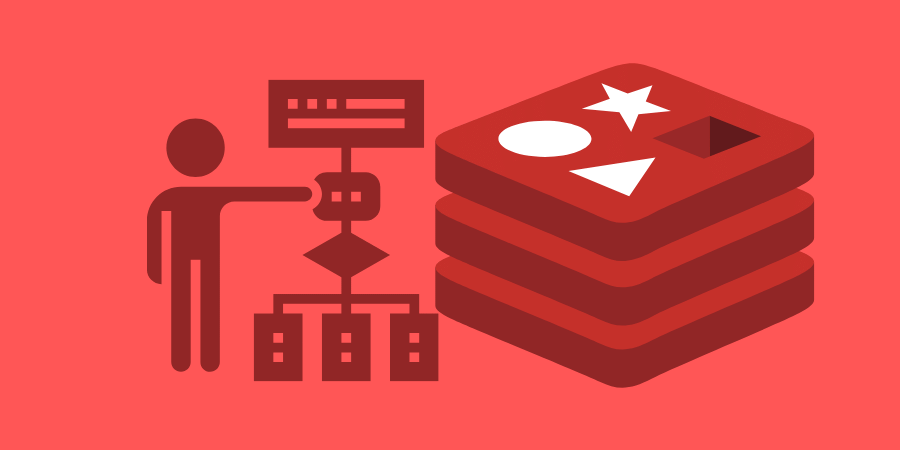
Data structures (DS) are different ways of storing and organizing data in the memory in such a way that it can be retrieved efficiently. A few important data structures are:

Data Structures can help in handling simple problems like finding the first non-repeating alphabets in a string to solving many complicated ones.
Classification of Data structures:
Data Structures are classified into two major categories: Primitive Data Structures and Non-Primitive Data Structures.
Primitive data structures: They are basically the simpler data types like int, float, bool, char etc that hold a single value and have a predefined way of storing data.
Non-primitive data structures: Non-primitive data structures are complex data structures constructed with the help of primitive data structures. They are of two types:
- Linear DS: Stack, queue, linked lists
- Non-Linear DS: Tree, Graphs
Data Structures are supported in all modern languages and it is imperative that you learn these concepts to be proficient in handling the algorithmic problems of computer programming.

 Batoi Corporate Office
Batoi Corporate Office